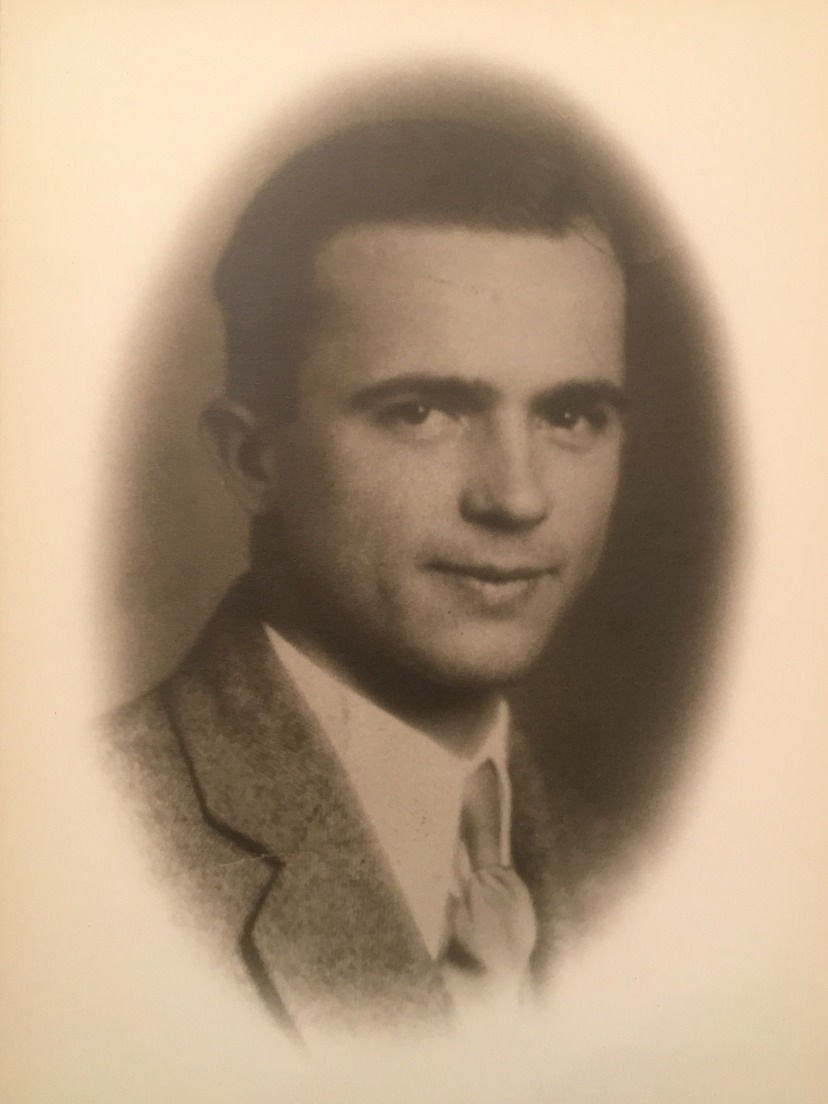Working Conditions at Duke University
- Stone by Stone

- Jun 19, 2018
- 3 min read
Updated: Jun 26, 2018
Caroline Waring
Duke University's West Campus' $16 million price tag is a widely available figure.¹ It can be seen in the carefully rendered Gothic arches, the flush and trim quads, the fragile stain glass windows. Less visible, however, are the project's laborers: their lives and conditions, their blood and their sweat.
The construction of West Campus claimed at least two workers’ lives: William C. Payne and William L. Hammond. On January 31, 1930, Hammond, a 36-year-old foreman, lost his balance on a plank, falling 22 feet to the concrete floor.² He was rushed to Watts Hospital—currently, the North Carolina School for Math and Sciences; then, a whites-only care facility—and died from internal injuries a week and a half later. The next year, Payne, a 28-year-old stone mason, was instantly killed when timber fell on him during construction of the Chapel.³
Without the Occupational Safety and Health Administration (OSHA) or codified regulations on workplace safety, construction work in the early twentieth century was, in a word, precarious. Photos show workers wearing fedoras instead of hard hats, laboring hundreds of feet in the air sans harnesses. During East Campus construction in 1926, three workers were taken to Lincoln Hospital—the primary medical facility for African Americans in the Durham area—over the course of three months.⁴ One worker, S.E. Edwards, required surgery and an injection of an anti-tetanus medication used in cases of grievous injury.⁵ According to archived receipts, the hospital billed Duke University for these treatments.⁶ Because these workers had no bargaining power to ensure protections, no government-regulated insurance, and (likely) no legal contracts, occupational injury had the potential to financially cripple them, without warning.

The typical hours of this period were unforgiving and without reprieve. In a 1958 Morning Herald article, stonemason Tony Berini reflected on his work experiences in the early twentieth century. According to Berini, though wages back then and in 1958 were commensurable, “there is no comparison to working conditions.”⁷ On Duke’s campus, workers labored at least six—often seven—days of the week, repeatedly working ten- or twelve-hour days.⁸ Mechanics, foremen, and electricians, for example, worked—on average—just over 60 hours per week. One ice machine operator, O.D. Hawn, worked two 17-hour days and five 12-hour days in a single week.⁹ Vacation time was unheard of and wages were, at times, uncertain. Louis Fara, a stonesetter for the Duke Chapel, described one year with “exceptional” weather, so the stonemasons worked five straight weeks without any time off for the winter holiday season.¹⁰ Because he was a skilled laborer, Fara’s wages were higher than the average worker on campus—at maximum $1.25/hour—but they were also “based upon evaluation of performance,” and thus not guaranteed.¹¹
Though the stone structures on Duke’s West Campus appear ornate and photogenic, the labor that built them was decidedly less so. The exhausting long hours, compounded by the lack of on-site safety measures, illustrate a construction project laden with danger and risk. To work on Duke’s campus was to work with precarity—to endure precarious safety, precarious health, and precarious wages.
2. "Construction Worker Dies from Injuries," News and Observer, February 08, 1930: 3.
3. "Victim of Accident to Be Buried Today," News and Observer, July 08, 1931: 5.
4. "Lincoln Hospital," Box 23, Frank C. Brown Papers, David M. Rubenstein Rare Book and Manuscript Library, Duke University.
5. Ibid.
6. Ibid.
7. "Life's Biggest Decision Led Italian Immigrant to Durham: Morning Herald, 10 August 1956," Box 5: Stonecarving and Stonecarvers, Building Reference Collection, 1972-2004, David M. Rubenstein Rare Book & Manuscript Library, Duke University.
8. Payroll at Duke University, 1927-1928, Box 32., Office of the University Treasurer, David M. Rubenstein Rare Book and Manuscript Library, Duke University.
9. Ibid.
10. "Interview with Louis Fara, Stonesetter, Duke Chapel, on July 12 1985, by William E. King." Box 5: Stonecarving and Stonecarvers, Building Reference Collection, 1972-2004, David M. Rubenstein Rare Book & Manuscript Library, Duke University.
11. Ibid.



Comments